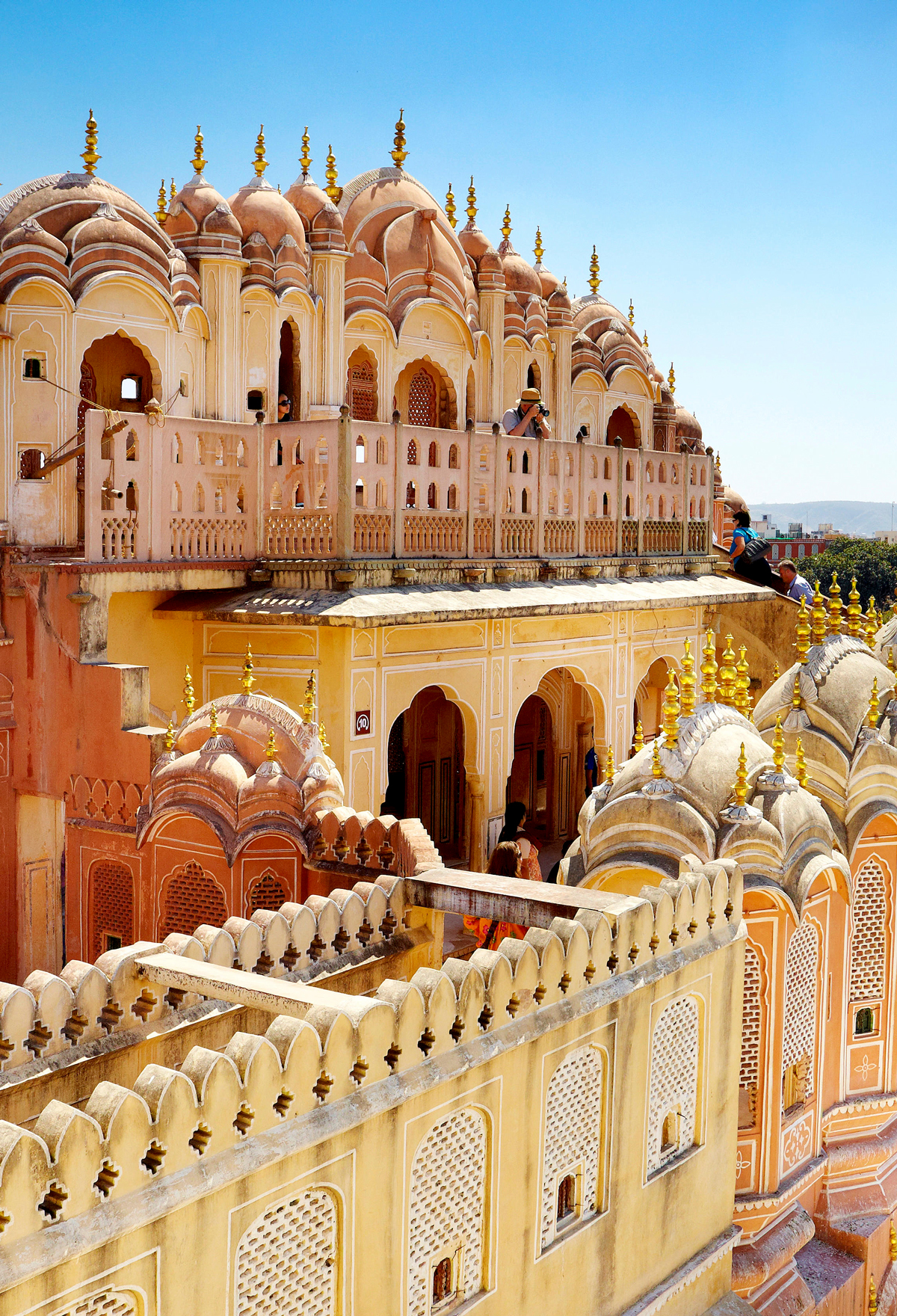Many countries around the world are split into states, provinces, and other similar subdivisions. Within their boundaries exists a tapestry of traditions, languages, and fascinating histories. From the sprawling landscapes of Texas and California to the bustling metropolises of Guangdong, São Paulo, and Uttar Pradesh, here’s a selection of 10 of the world’s biggest states and provinces by population.
10. Texas – United States
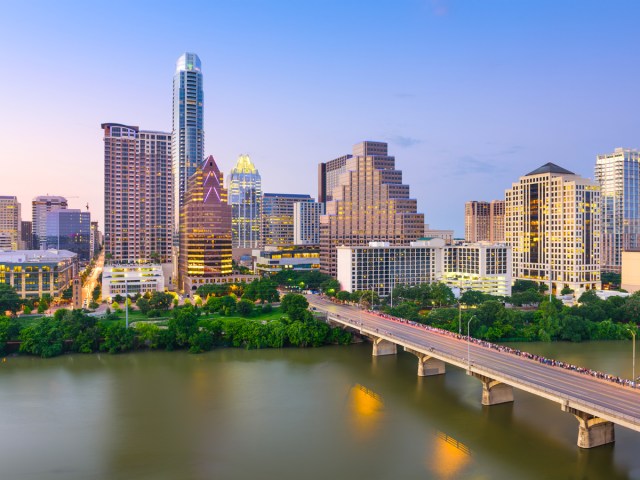
The Lone Star State sprawls across over 268,000 square miles, making it America’s second-largest state by area, after Alaska. Over 29.1 million people live in Texas, spanning vast prairies and desert lands to scenic Hill Country and the 350-mile-long Gulf Coast shoreline. Texas is known for its agricultural production, as well as for its oil and natural gas resources. The state has also made its mark on American culture with its legendary cowboy heritage, country music, and the state’s signature Tex-Mex and barbecue cuisine. The largest cities in Texas are Houston, followed by San Antonio, Dallas, and Austin (the state capital).
9. California – United States
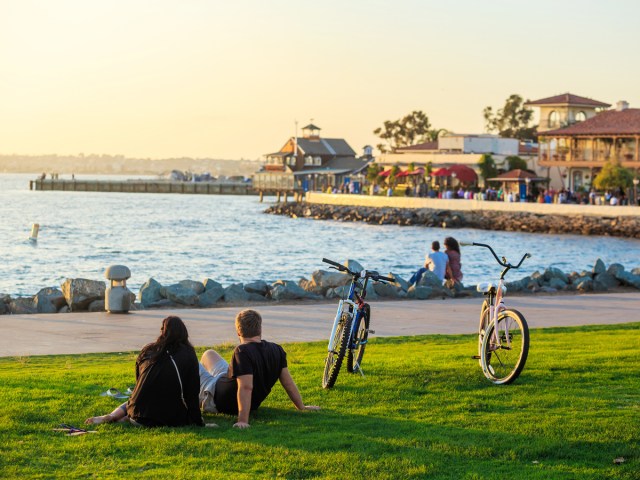
The Golden State has been the most populous in the U.S. since the early 1960s, and more than 39.5 million people live in California today — greater than the entire population of Canada. More than three-fourths of Californians reside in the coastal Los Angeles, San Francisco, and San Diego metropolitan areas. From the rainy northern coast to the arid Colorado Desert in the south and the lofty Sierra Nevada mountain range along the Nevada border, California is a land of stunning contrasts. Adventure seekers can find excellent hiking, camping, and other opportunities for outdoor recreation at world-famous national parks such as Yosemite, Sequoia, and Redwood. Meanwhile, a strong surf culture awaits at coastal spots like Encinitas, Huntington Beach, and Malibu.
8. Oromia – Ethiopia
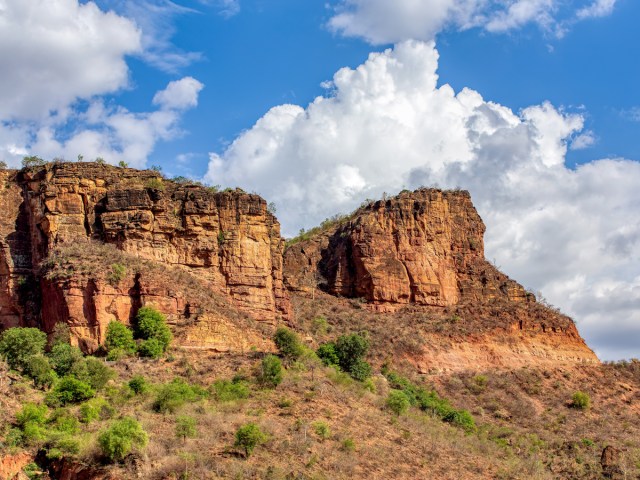
Home to the ancestral Oromo peoples, the Ethiopian state of Oromia is the largest in the East African country, encompassing an expansive 136,560 square miles. With a projected 2023 population of 40.8 million people, Oromia borders the Somali, Amhara, and Afar regions. Its capital, Addis Ababa (Finfinnee in Oromo), is the state’s beating heart and cultural hub. Oromia offers a unique African landscape, ranging from the semi-arid desert steppe to the afro-alpine highlands, which reach up to 14,360 feet above sea level at the Sanetti Plateau. A trip to Bale Mountains National Park offers an insight into this varied geology and the chance to spot native wildlife species such as the Ethiopian wolf.
7. São Paulo – Brazil
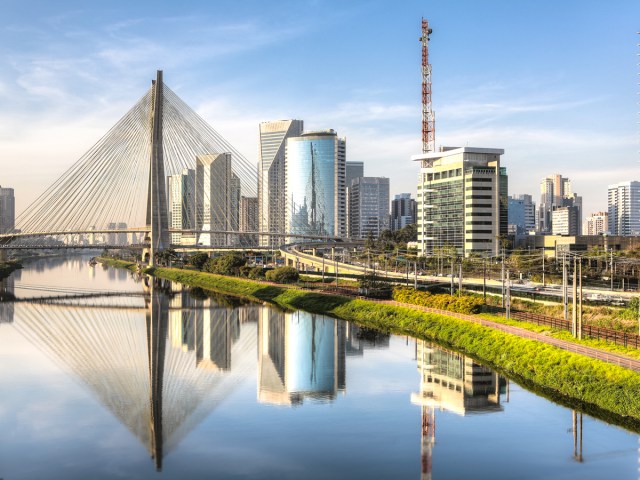
The state of São Paulo — with a population of over 44.4 million people living within its 95,834 square miles — is the most populous state in Brazil. It’s home to more than one-fifth of Brazil’s population and produces more than half of the country’s manufactured products, making it the most economically productive in the country. In 2020, São Paulo accounted for 32% of the country’s GDP. The eponymous capital is the largest city in Brazil, the biggest in all of Latin America, and the seventh-largest in the world. Alongside this giant metropolis, the state offers 370 miles of coastline and mountain ranges such as Serra do Mar, which has areas that rise to around 3,000 feet above sea level.
6. Rajasthan – India

Rajasthan is India’s largest state by area, encompassing over 132,139 square miles. The last census of 2011 reported a population of 68.5 million, although it was projected that by 2023 this number would have risen to 83.5 million. Around 60% of Rajasthan’s land area is covered by the Thar Desert, home to an estimated 40% of the state’s population and varied wildlife such as the blue bull and Indian gazelle. The Rajasthani peoples celebrate their cultural heritage through traditional dance, music, and colorful festivals such as the Teej Festival. The state is also recognized for its emblematic and regal landmarks, including Jaipiur’s Hawa Mahal, Jodhpur’s Mehrangarh Fort, and Udaipur’s Lake Palace.
5. Shandong – China
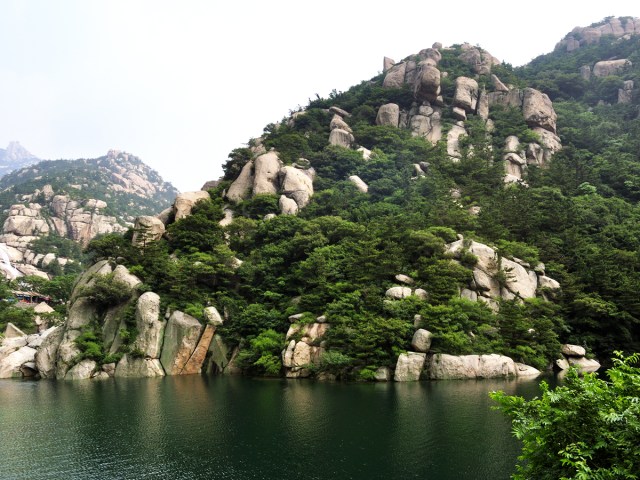
Located along the Yellow Sea, Shandong boasts a diverse geography of serene coastlines, rolling hills, and fertile plains. With over 101.6 million people, Shandong is China’s second-most populous province. Located within the province is the historic city of Qufu, the birthplace of revered philosopher, politician, and educator Confucius in 551 BCE. Today, it’s possible to visit his tomb at the Temple of Confucius and learn more about his teachings and profound influence via museum exhibits. Elsewhere in the province, one can travel to the UNESCO-listed Mount Taishan, a sacred destination scattered with temples and an ancient source of inspiration for artists, poets, and writers. Other provincial highlights include experiencing the charm of Qingdao’s German architecture and sampling the local Tsingtao beer.
4. Guangdong – China

Guangdong is China’s most populous province, home to over 125.5 million people. From the fertile Pearl River Delta to a coastline dotted with over 1,400 islands and high-altitude areas like the northern Nanling Mountains, there’s no shortage of varied terrain in Guangdong. Home to a Cantonese population, the province is known for its distinctive Guangdong (aka Cantonese or Yue) cuisine. Among the most typical dishes are char siu (Chinese barbecue pork) and clay pot rice. Iconic sites such as the historic Chen Clan Ancestral Hall, the avant-garde Guangzhou Opera House, and the vibrant global tech hub of Shenzhen showcase Guangdong’s fascinating fusion of tradition and modernity.
3. Maharashtra – India

Maharashtra is India’s second-largest state, with an estimated population of around 126 million in 2023. It stretches across the lush Western Ghats, over expansive plateaus, and along the Arabian Sea coastline. The state is split into five main regions: Konkan, Paschim Maharashtra, North Maharashtra, Marathwada, and Vidarbena. It’s home to the majority of India’s Marathi peoples. Visitors can witness their cultural traditions on display at festivals such as Ganesh Chaturthi, a 10-day event that honors the birth of the elephant-headed deity, Ganesh. Architectural and natural wonders are found throughout Maharashtra, including Mumbai’s Gateway of India and the ancient Ajanta Caves and Ellora Caves.
2. Punjab – Pakistan
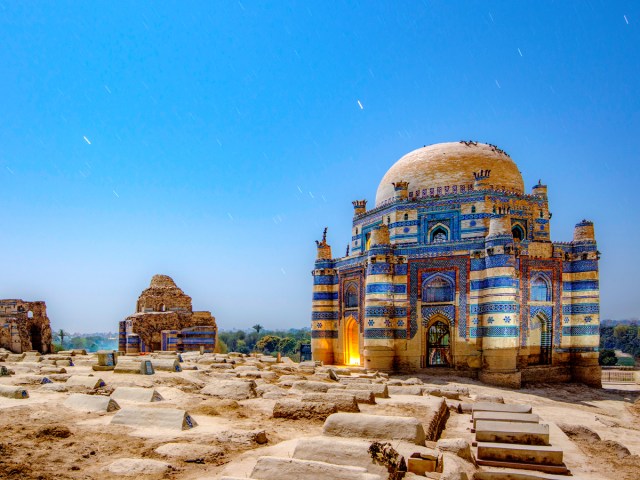
Punjab is home to a vibrant community of over 127.6 million people, making it Pakistan’s most populous province. A region of fertile plains and mountainous areas, it’s often called the “Land of Five Rivers.” This is a reference to all five of the country’s main rivers flowing through the province. Lahore, the provincial capital, boasts cultural gems such as Lahore Fort and the red sandstone Badshahi Mosque, which both embody a rich Mughal history. The Punjabi peoples of Pakistan honor their heritage through traditional music, dance, and festivals. One of the most celebrated events is Baisakhi, an annual harvest that marks the start of the new year and is notably important among Sikhs.
1. Uttar Pradesh – India
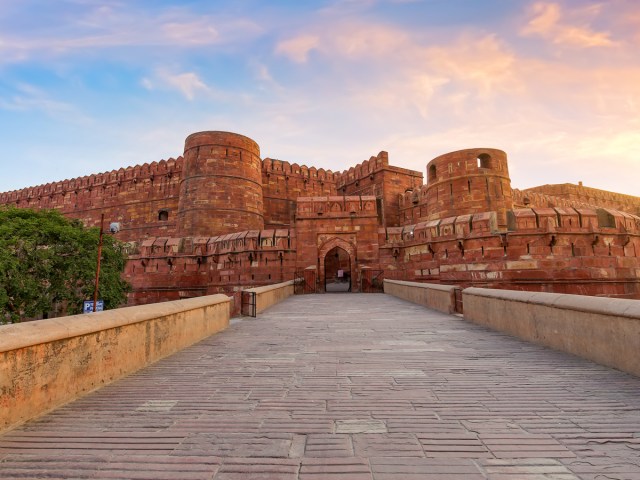
With an estimated population of over 241.4 million people, Uttar Pradesh is not only India’s most populous state but also the world’s most populous state or province. It’s home to more than six times the population of California, America’s largest state. Situated in northern India, between the Gangetic plains and the Himalayan foothills, Uttar Pradesh is filled with history and iconic landmarks. Within its 93,933 square miles are six UNESCO World Heritage sites. Three of these — Agra Fort, Fatehpur Sikri, and the iconic Taj Mahal — are located in the city of Agra. Another highlight of Uttar Pradesh is the Varanasi waterfront, a stretch of the Ganges River revered as a site of religious rituals and its 84 ghats, ceremonial steps that lead to bathing and cremation sites.
More from our network
Daily Passport is part of Inbox Studio, which publishes content that uplifts, informs, and inspires.






